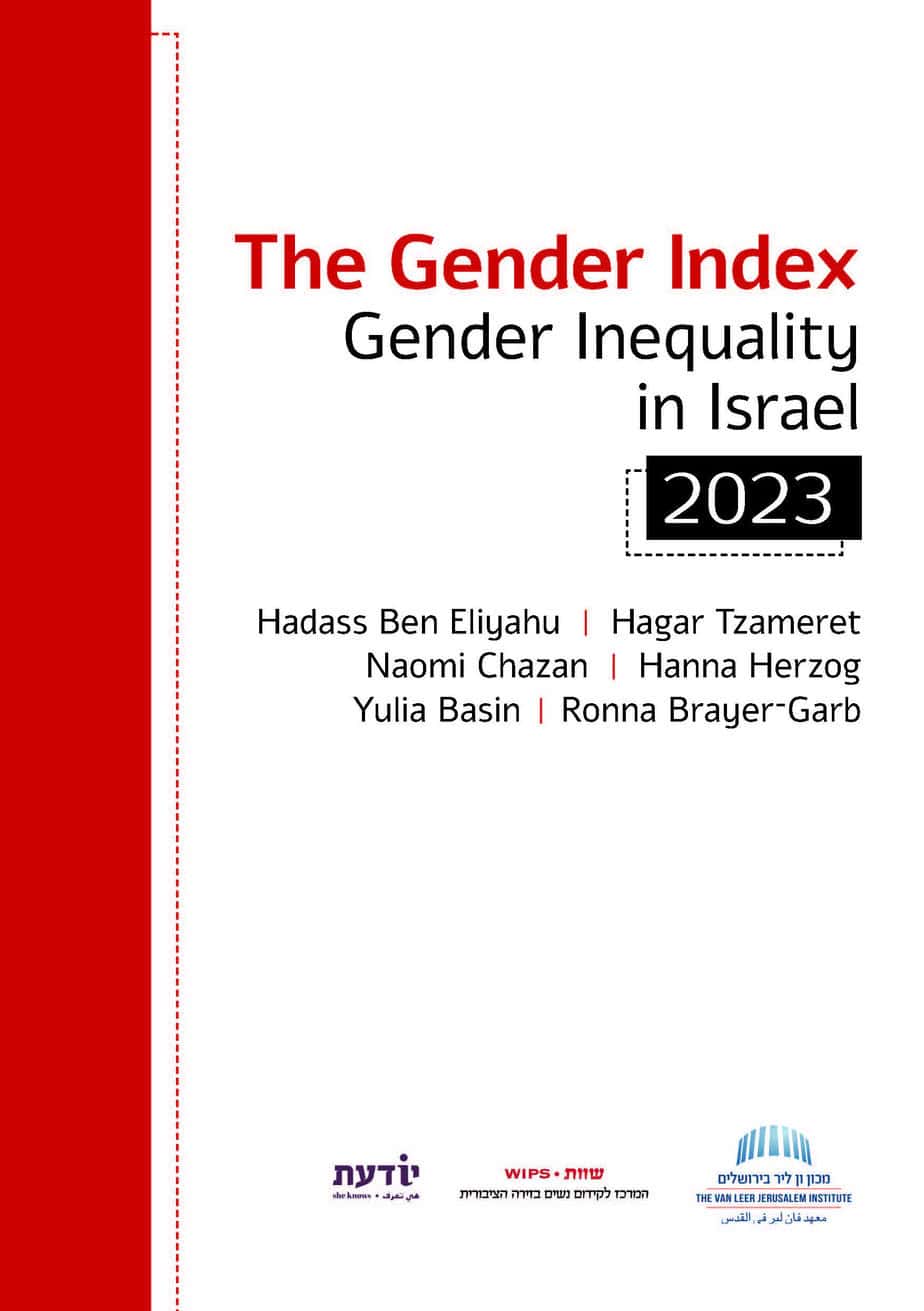Arab Society in Israel (6)
Population, Society, Economy (electronic book)
| Edited by | Ramsees Gharrah |
| Publisher | Van Leer Institute Press |
| Language | Hebrew |
| Year of Publication | 2013 |
| Series | Arab Society in Israel: A Statistical Yearbook |
The publication of the sixth volume of Arab Society in Israel: Population, Society, Economy continues the statistical undertaking that the Van Leer Jerusalem Institute began in 2002 to document the characteristics of Arab society in Israel and the changes taking place within it. Like its predecessor, this volume is appearing in an electronic version that is accessible to all, including researchers, planners, decision makers, and anyone interested in acquiring a deeper understanding of Arab society in Israel and of the processes of change within it. The data presented can serve as the basis for sociological, economic, and political analyses, both for research purposes and as the basis for social and political action. The volume focuses on all facets of the Arab population, thus making possible analyses of trends within Arab society in Israel and the identification of phenomena that are common to the subgroups within it, as well as enabling comparisons between Arab society and Jewish society in Israel. In this way it serves as an important element in the broader efforts of the Institute to foster and strengthen civil society in Israel as one of the foundations of democracy and as a basis for an egalitarian, pluralistic, and tolerant society.
Each of the volumes in the series presented five areas in great detail: demography, work, standard of living, education and higher education, and local government (the last of these areas was added starting with the second volume). In addition, other areas are highlighted in particular volumes: health (volumes 2 and 6), attitudes regarding selected aspects of life (volume 4), and profiles of Arab communities (in the current volume). It is the intention that the data in this volume, like the data of the Central Bureau of Statistics, be accessible to as broad a public as possible. Therefore, in addition to the data tables, each chapter opens with a summary of selected findings and a visual display of the findings in graphs and diagrams.




